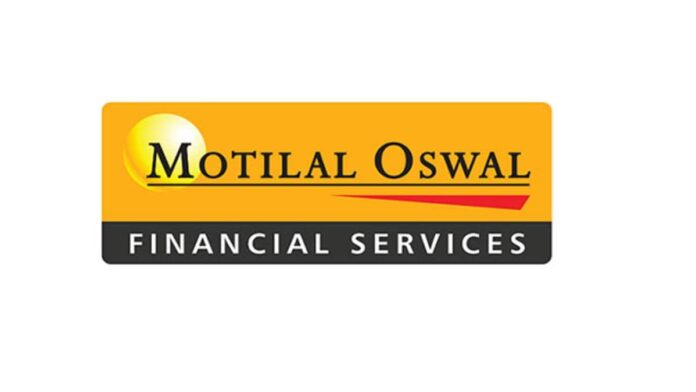By Madhvendra
Motilal Oswal Financial Services (MOFSL) has delivered a remarkable 225% share price growth over the last five years, driven by its strong broking and asset management foothold. The surge in retail stock market participation, rising mutual fund investments, and India’s expanding financial ecosystem have provided a strong tailwind for its growth.
The company’s broking business continues to benefit from higher trading volumes, while its asset management arm has scaled significantly. Even its housing finance segment, which faced challenges, is showing signs of stability.
But does this stock rally reflect its financial performance fully? Are current valuations still attractive? This analysis breaks down MOFSL’s key business segments, focusing on wealth and asset management, which drive most of its revenue.
Also ReadWhat is stoking Inox Wind’s growth? The Analysts Say…
We also evaluate its growth trajectory and valuation metrics to assess if the stock still holds investment appeal.
Let’s understand its business segment.
MOFSL is a diversified financial services firm, offering various services involving capital markets, asset and wealth management, and housing finance.
MOFSL Group Structure
Source: MOFSL Q4FY24 Investor Presentation
The capital markets segment contributes 47% to its revenue, 27% comes from asset and wealth management, 8% from the housing finance segment, and 19% from treasury investments. As of FY24, it had a total asset under management of ₹3.8 trillion.
Capital market segment
MOFSL operates through three primary business divisions: broking, investment banking, and distribution of financial products, including mutual funds.
The broking division accounts for 62% of capital market segment revenue, with 11% derived from product distribution. Investment banking contributes 3%, while net interest income from the margin trading facilities brings in 20%.
Let’s talk about its broking division under the capital market segment.
Flourishing full-service broker
MOFSL was one of the traditional brokers which encountered challenges from digital disruption, mainly due to the rise of discount broking. Then, to safeguard itself, it adopted the broker-distributor model, which ultimately transformed into a leading broker.
MOFSL has thrived post-pandemic, benefiting from a substantial rise in Demat accounts amid increased retail investor engagement. It is one of the big beneficiaries of the capital market boom.
» Read More


